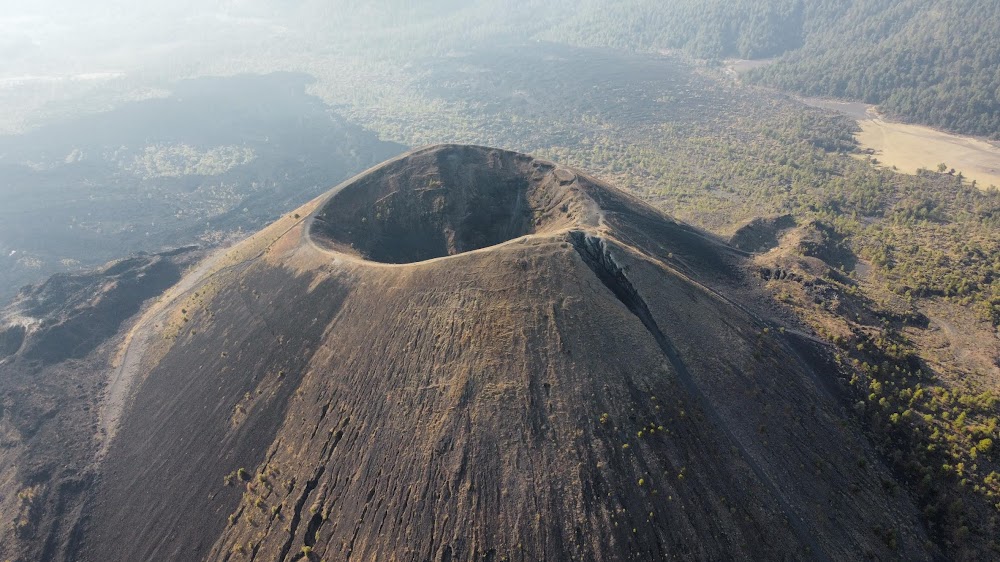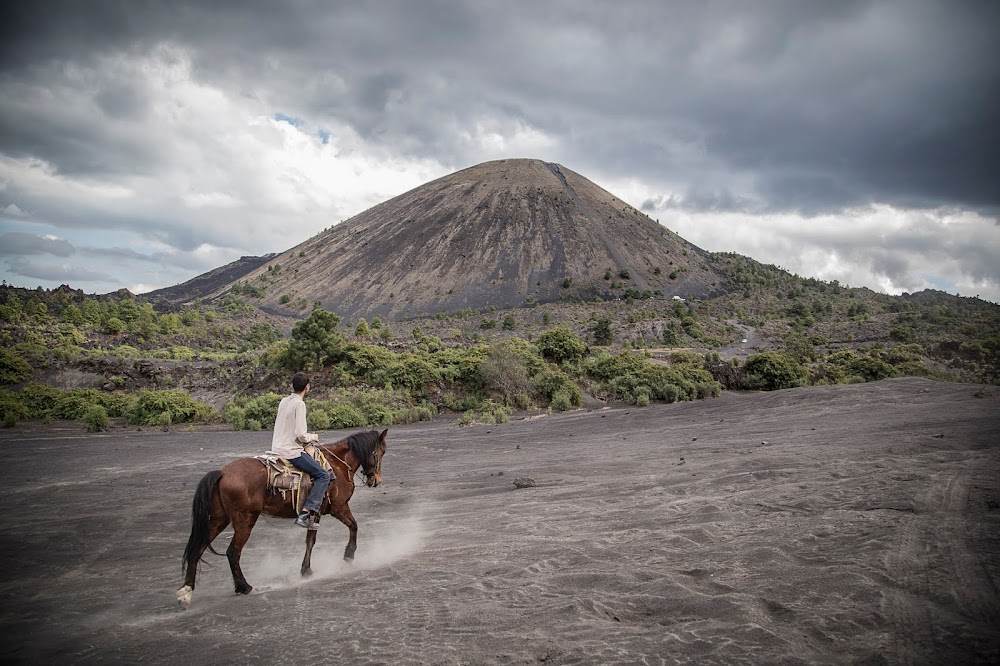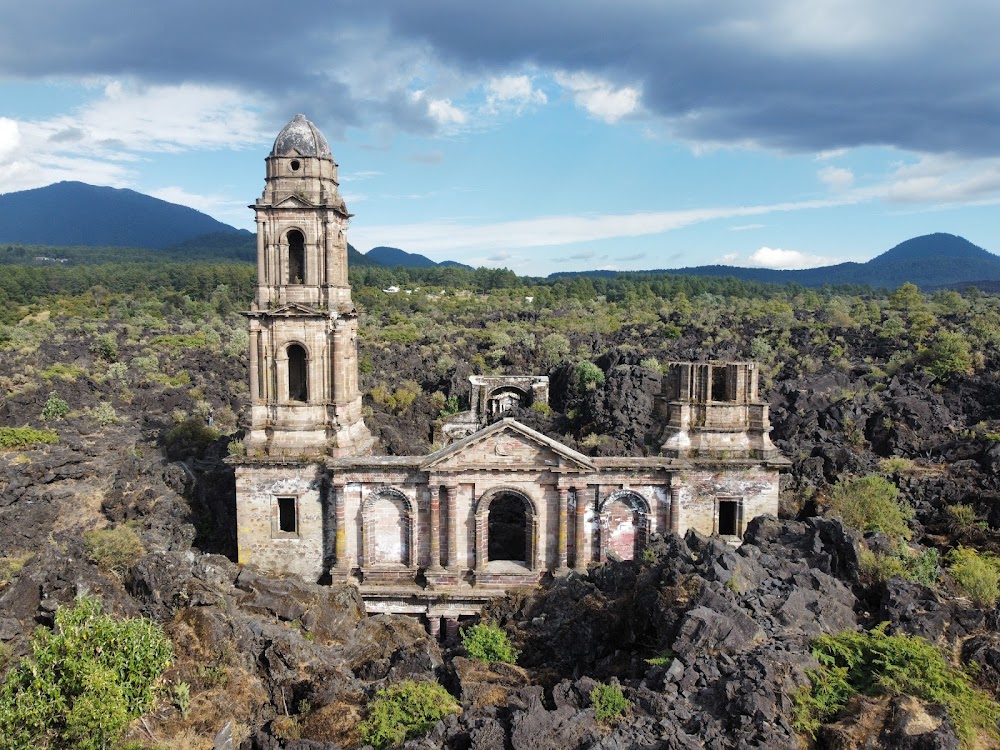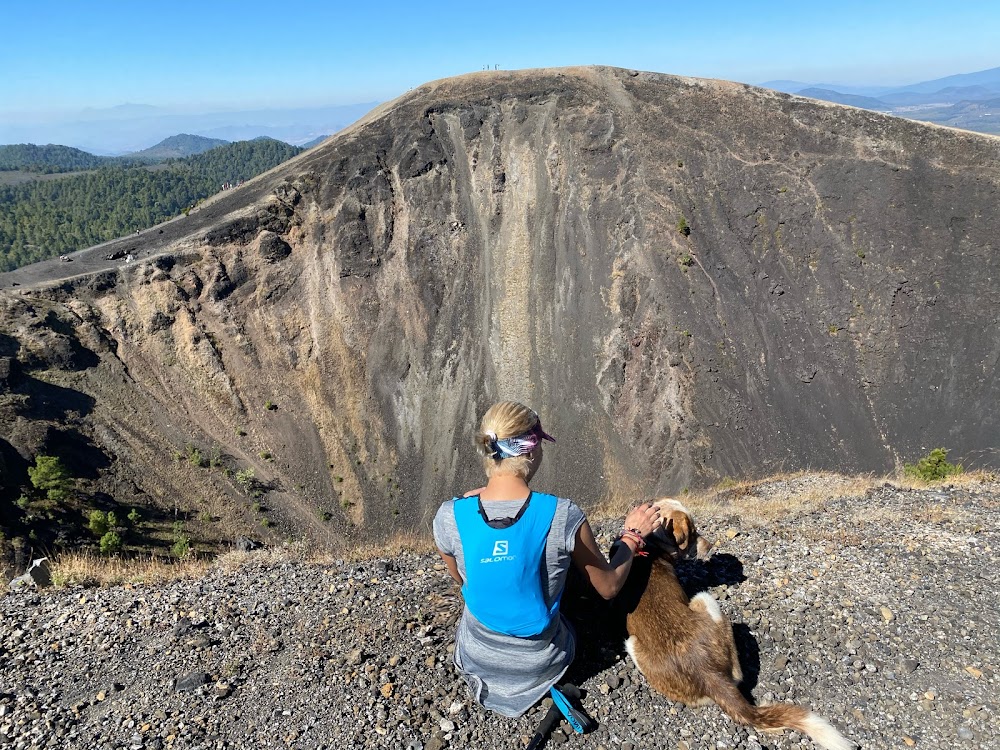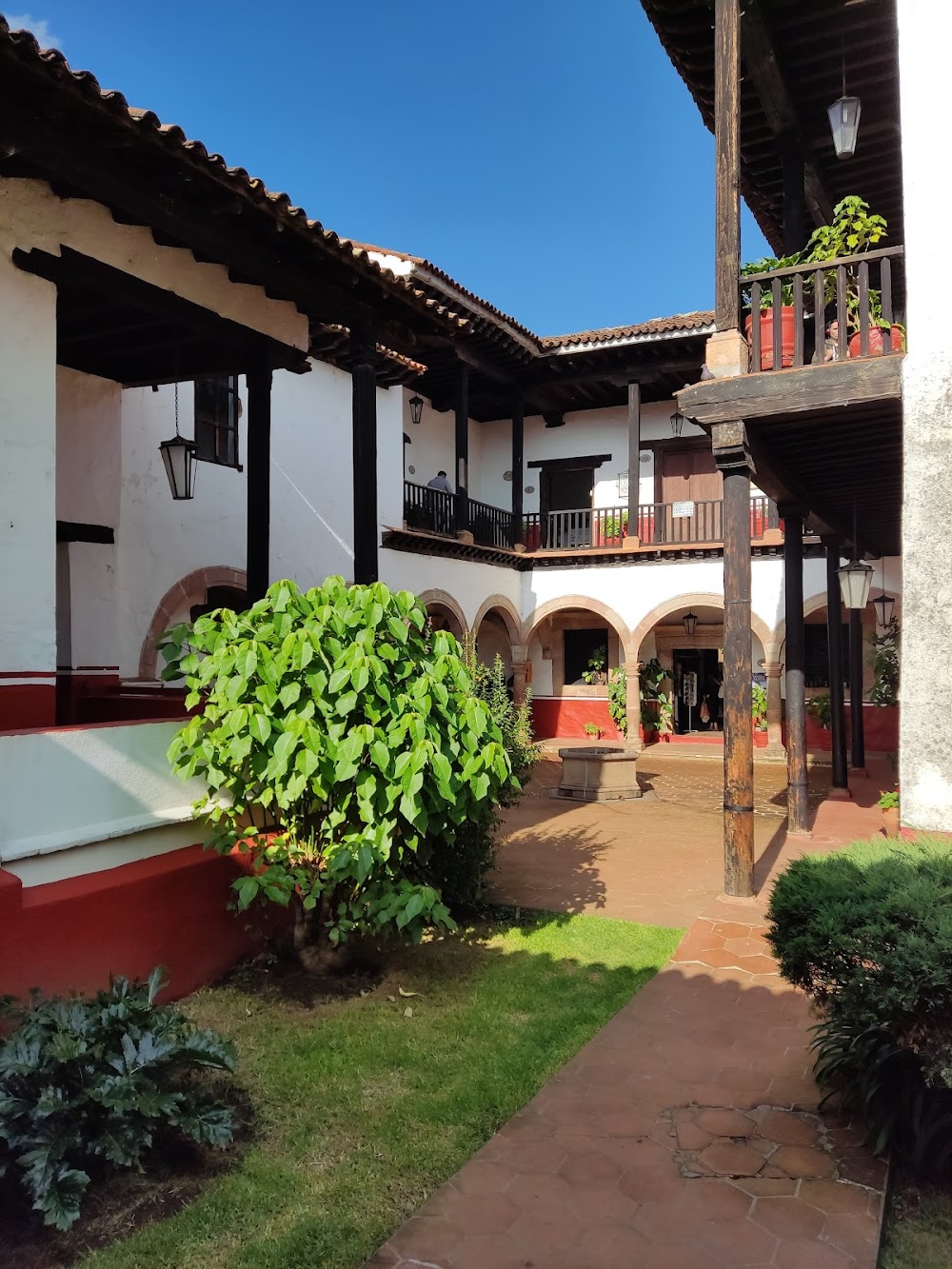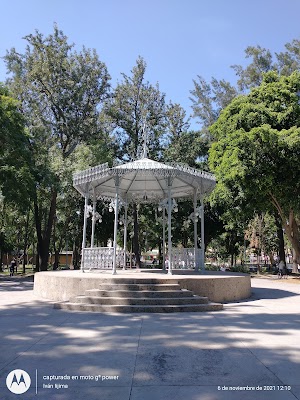Paricutin Volcano (Volcán Paricutín)
Overview
Parícutin is a fascinating volcano nestled in the Mexican state of Michoacán de Ocampo, near the village that shares its name. What makes this volcano particularly unique is its dramatic emergence; it burst forth suddenly from a farmer's cornfield on February 20, 1943, captivating the world with its unexpected arrival.
The tale begins with local farmer Dionisio Pulido, who was tending to his field when he heard a low rumble and noticed a crack forming in the earth. Initially small, the fissure rapidly expanded, unleashing gas and ash into the air. By the end of that fateful day, a volcanic cone had formed, reaching an impressive height of 50 meters (164 feet).
Over the next year, Parícutin continued to grow, producing a steady stream of lava and ash. The eruptions were fierce, resulting in lava flows that covered nearby fields and advanced towards local villages. Residents were forced to evacuate, leaving behind their homes and belongings in a desperate bid to escape the encroaching lava.
Scientists around the globe were drawn to Parícutin, seizing the rare opportunity to observe the birth and growth of a volcano firsthand. Geologists flocked to Michoacán to study this natural phenomenon. One of the most intriguing aspects of Parícutin is its rapid development; within just a few years, it soared to nearly 424 meters (1,391 feet) tall from its base.
The eruptions persisted for nine years, concluding in 1952 when the cone reached its maximum height. By that time, more than 25 square kilometers (approximately 9.6 square miles) of land had been blanketed by lava flows. Although Parícutin is now dormant, it remains a powerful testament to nature's might.
The impact on local villagers was profound. Two villages, Parícutin and San Juan Parangaricutiro, were buried beneath volcanic material, prompting the construction of new settlements for those displaced. Among the few surviving structures is the church of San Juan Parangaricutiro, with its main tower partially visible above the lava—now a poignant focal point for visitors.
Today, Parícutin has transformed into a popular tourist destination. Adventurous visitors can hike to the summit of the volcanic cone, explore the hardened lava fields, and witness the remnants of the buried villages. The area boasts a striking landscape that juxtaposes rugged volcanic rocks with lush, surrounding forests.
Despite its catastrophic beginnings, Parícutin has evolved into an integral part of the local culture and economy. The community has harnessed the volcano's fame to attract tourism, turning a natural disaster into a catalyst for growth. This transformation stands as a remarkable lesson in resilience and adaptation.
In summary, Parícutin is not merely a natural wonder but also a historical landmark that narrates a tale of sudden transformation and human endurance. Its unexpected emergence and rapid evolution not only provided vital scientific insights but continue to enchant curious visitors from around the world.


